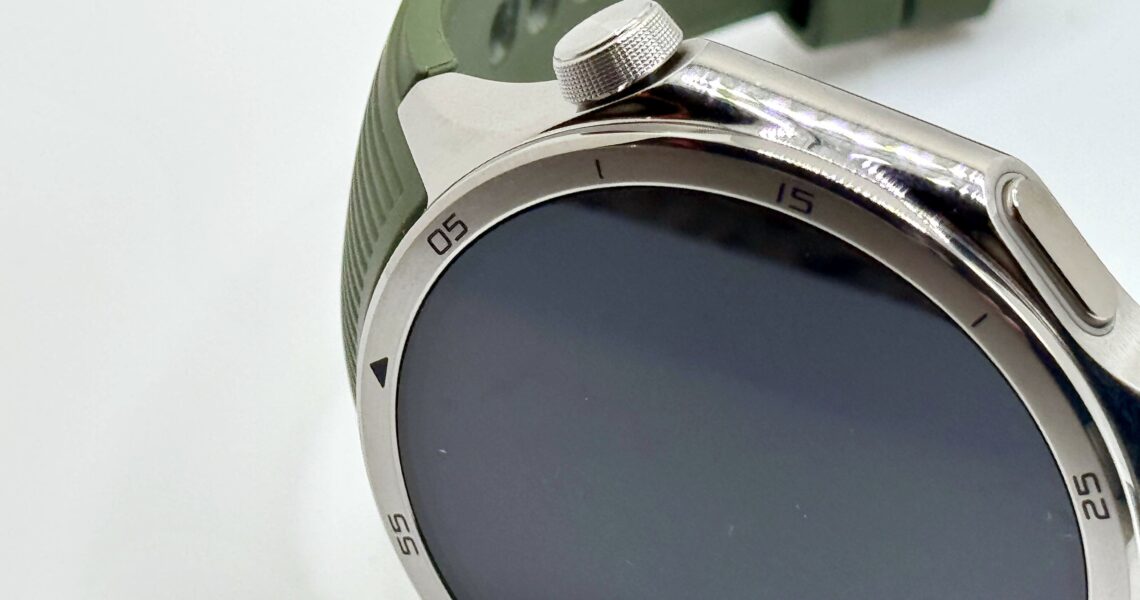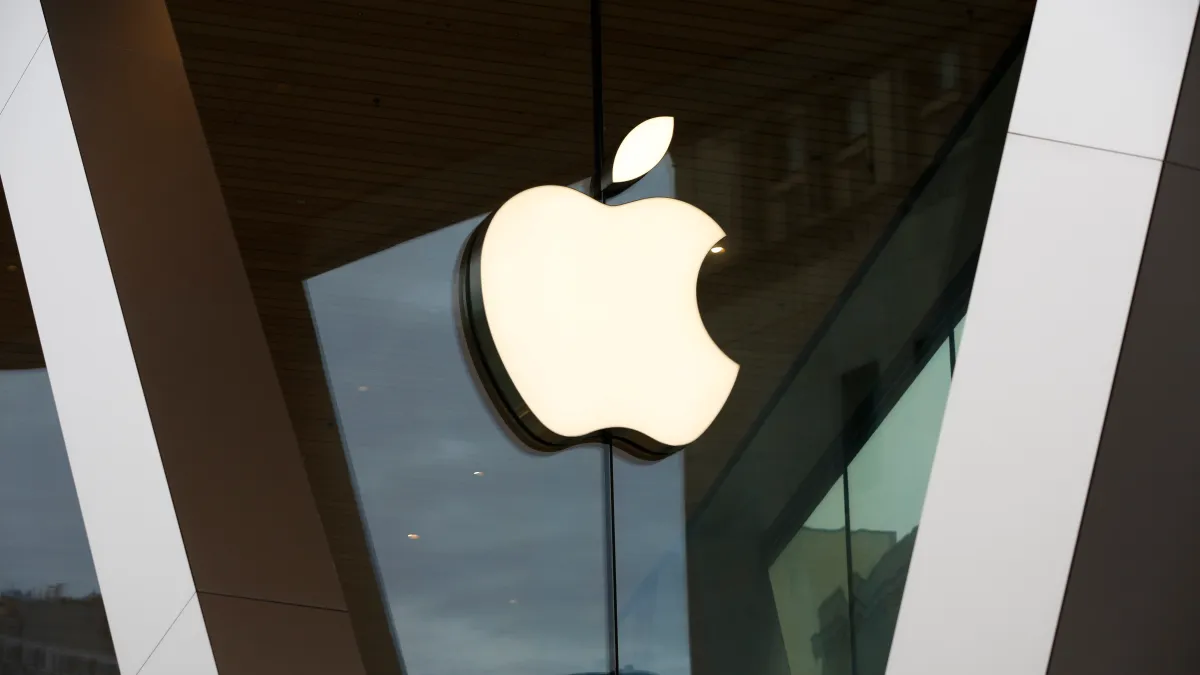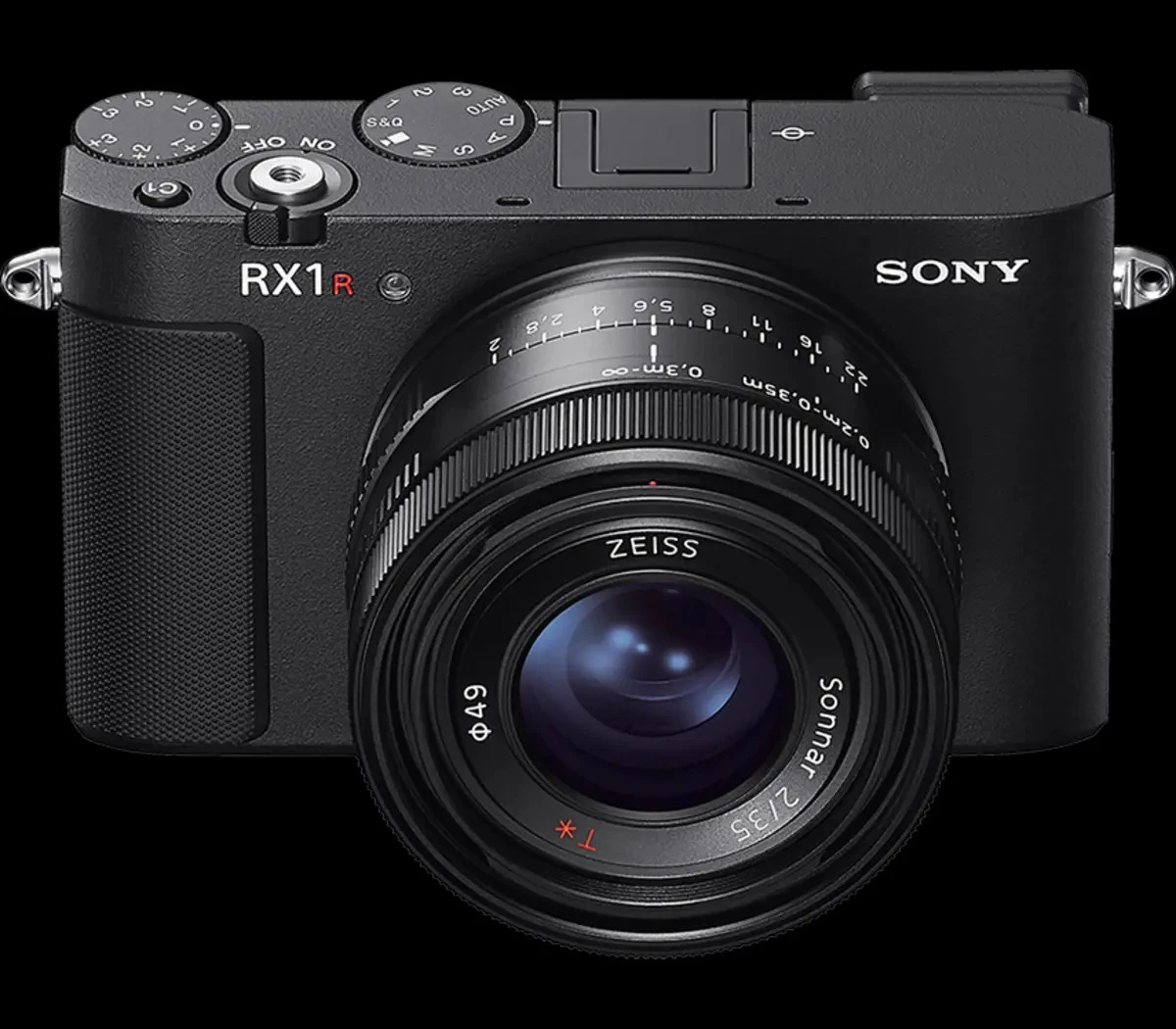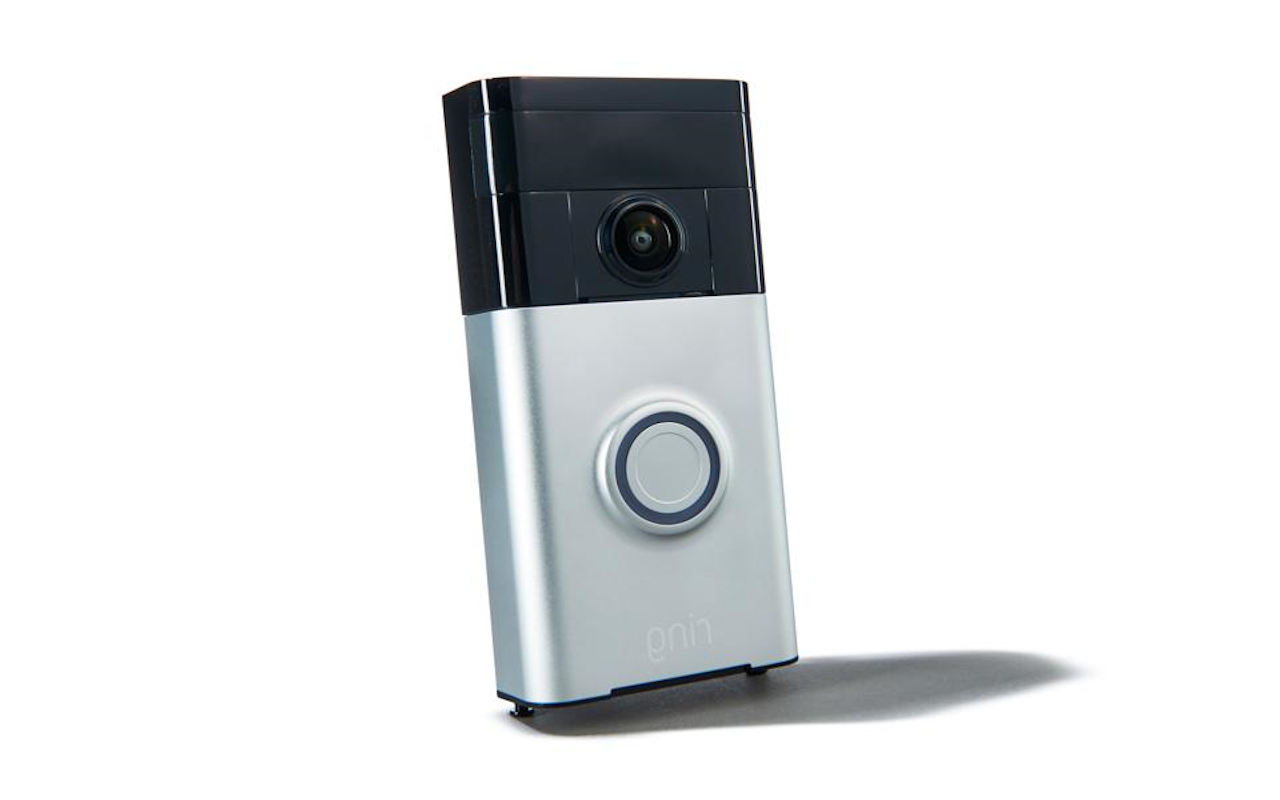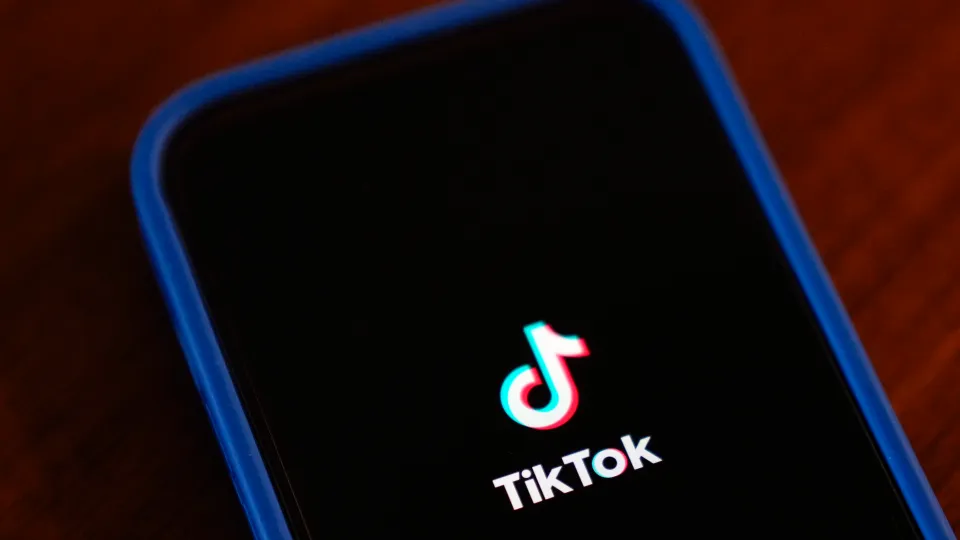OnePlus Watch 3 Review: Battery Star, Step Stumble
The market for smartwatch technology is constantly evolving, yet one major point of contention persists for users: battery life. While fitness trackers often boast multi-week power, feature-rich smartwatches frequently require daily charging, posing a hassle for devices meant to seamlessly monitor activity and provide glanceable information.
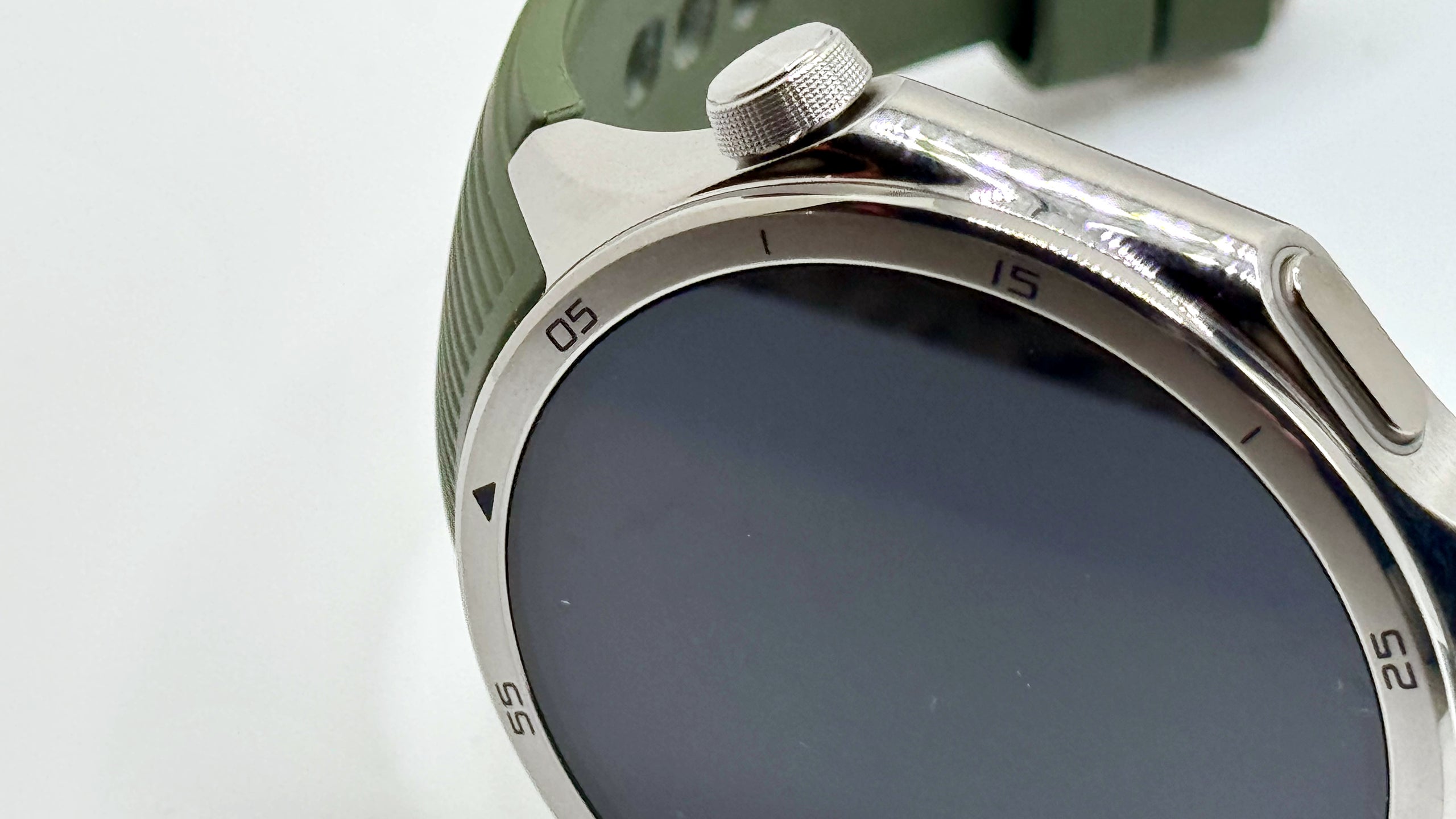
OnePlus Watch 3 Review: Battery Star, Step Stumble
The OnePlus Watch 3, the latest Android smartwatch offering from OnePlus, steps into this arena with claims of exceptional endurance. After a week of rigorous testing, including direct comparison against an older-model Apple Watch Series 6, the OnePlus Watch 3 review reveals a device with premium aspirations and a truly remarkable battery, though its overall performance, particularly in consistent tracking, presents a more mixed picture.
Market Context: The Battery Challenge
For many consumers, the need for frequent charging remains a significant barrier to adopting or fully utilizing a smartwatch. Unlike traditional watches or even simpler fitness bands that can last for days or weeks, devices offering extensive features like GPS, comprehensive health monitoring, and always-on displays often struggle to last beyond 24-48 hours. The promise of a smartwatch that can keep up with lifestyle tracking for extended periods without constant visits to a charger is a major selling point and directly addresses a key pain point in the market. The OnePlus Watch 3 aims squarely at this challenge with its design.
Design Highlights & Display
The OnePlus Watch 3 makes a compelling initial impression with its hardware design. It features a robust stainless steel frame that contributes to a feeling of durability and quality. Dominating the front is a large, bright 1.5-inch LTPO AMOLED display. This screen boasts a sharp 466 x 466 resolution, vibrant colors, excellent contrast, and an impressive peak brightness of 2,200 nits, making it easily readable even under harsh direct sunlight. The visual clarity and brightness are significant advantages, facilitating quick checks of notifications or workout metrics at a glance.
Navigation through the watch’s interface is handled primarily via the responsive touchscreen and a distinctive rotating crown. There is also a dedicated physical button providing quick access to workout functions, a thoughtful addition for users who want to begin tracking an activity without navigating through menus.
The fluidity of the interface, driven by its internal chips, offers smooth animations and snappy responsiveness, contributing to a slick user experience that can feel notably quicker than older smartwatches. The haptic feedback is also noteworthy, providing refined and intentional vibrations rather than merely a jarring buzz.
The Included Wrist Strap
Despite the premium feel of the watch body and display, the included wrist strap is a significant letdown. The fluoro rubber band feels cheap and lacks the sophistication that matches the stainless steel frame. A more critical issue encountered during testing was the band’s lugs, which detached from the watch body too easily.
This made it challenging to secure the watch properly on the wrist without concern that it might unexpectedly come undone, undermining the overall premium aesthetic and initial positive impression created by the watch itself. Finding a more secure and better-feeling aftermarket strap would likely be necessary for long-term wear.
Core Performance & Haptics
Powering the OnePlus Watch 3 are the Snapdragon W5 and BES2800 chips. These processors contribute to the watch’s overall performance, providing a fluid and responsive user interface with minimal lag when swiping between screens or opening apps. Even with potentially power-saving modes enabled, the watch feels snappy, contributing to a positive user experience. The refined haptic feedback mentioned earlier further enhances interactions, making notifications and system prompts feel precise and intentional.
Water Resistance Experiences
The OnePlus Watch 3 is rated for water resistance up to 50 meters, suggesting it should be suitable for activities like showering and swimming. However, during testing, an issue arose where water on the screen triggered false inputs and caused erratic behavior, requiring the watch to be removed during showers.
This contrasts with the behavior of the reviewer’s Apple Watch, which typically stops registering inputs when wet but does not become invasive. While this specific issue might be inconsistent among users, it raises questions about the watch’s practical reliability in wet conditions despite its stated rating.
Battery Life: A Game Changer
The most exceptional feature of the OnePlus Watch 3 is undoubtedly its battery life. In an average full day of mixed use—including passive activity, receiving notifications, and tracking one or two light workouts—the battery level typically dropped by only around 15%. This performance is remarkable when compared directly to an older Apple Watch Series 6 used for comparison, which consistently ended the day around 20% battery remaining, despite its age suggesting some expected degradation.
The OnePlus Watch 3 easily demonstrated the capability to last five full days on a single charge when utilizing its Smart Mode, which maximizes battery efficiency. Even under heavier loads, such as stacking a longer outdoor workout tracked with GPS alongside a VR fitness session and managing notifications, the total battery drain for the day remained minimal, rounding up to no more than 16%. This level of endurance is a major differentiator in the smartwatch market.
Health Tracking Features
The OnePlus Watch 3 is equipped with standard smartwatch sensors for monitoring heart rate, blood oxygen saturation (SPO2), and general movement. It also includes the ability to track wrist temperature, a metric that requires several days to establish a baseline before providing meaningful data. Unique features enabled by the sensors and OnePlus’s software layer include a “60 Second Health Check-In,” offering a contextual summary of overall well-being, and a “Vascular Health” assessment designed to provide insights into potential risks for severe heart disease.
These features, utilizing the onboard PPG (photoplethysmography) and ECG (electrocardiography) sensors, serve as potentially powerful health warning tools, though accessing features like the “60 Second Health Check-In” requires using the OHealth companion phone app, which some users might find less convenient than having the data readily available on the watch itself.
It’s important to note that, unlike some competitors, the OnePlus Watch 3 currently lacks AFib detection capabilities in the United States and Canada, which could be a deciding factor for users with specific cardiac health concerns.
Workout Tracking Performance
When actively tracking workouts, the OnePlus Watch 3 generally performs well and aligns reasonably with comparable devices. During core training sessions, metrics like calories burned and average heart rate measurements showed consistency with readings from the Apple Watch Series 6, with similar figures reported. The watch provides detailed analysis of heart rate zones, breaking down time spent in different intensity levels like warm-up, fat burning, and endurance zones, offering data visualizations that go beyond what some competitors surface by default.
Inconsistent Passive Tracking: The Step Count Problem
A significant weakness identified during the review was the OnePlus Watch 3’s inconsistent performance in passive activity tracking, most notably with step counting. The step count consistently lagged behind the Apple Watch, sometimes by a substantial margin, including dramatic discrepancies observed during VR fitness sessions where the Apple Watch recorded significantly more steps.
This pattern persisted across different types of workouts and general movement, with the OnePlus Watch 3 typically registering a notably lower step count. The watch also appeared to update step counts in bursts rather than in real-time and seemed to occasionally miss passive movement entirely. While wearing both watches concurrently, bizarre fluctuations were observed, such as a sudden drop in the recorded step count.
While the watch’s fitness tracking might require calibration over time, the initial inconsistency in accurately capturing daily steps, particularly passive movement or certain workout types, stands out as a critical area needing improvement. It suggested that reliable step tracking might depend more heavily on deliberate, longer outdoor activities for the watch to calibrate effectively.
Software Experience: Setup and UI
The initial setup process for the OnePlus Watch 3 may pose a slight learning curve for users coming from a different ecosystem, particularly Apple’s. Pairing the watch requires downloading the OHealth companion app on an Android phone and setting up an additional OnePlus account. While manageable and completed within a reasonable timeframe during testing, the companion app’s interface felt less intuitive initially, requiring familiarity with Google services and Android structure.
However, for the majority of users already immersed in the Android ecosystem, these steps are likely straightforward. The layout of the companion app, though, could potentially be a barrier for attracting non-core Android users, as some sections felt frustrating or took time to navigate.
Once set up, the onboard user interface of the OnePlus Watch 3 is generally straightforward. Basic navigation is intuitive using swipes (down for quick settings, up for notifications) and the physical crown for scrolling through menus and apps. The UI is responsive, exhibiting minimal lag when moving between different screens. Performance of integrated apps like Spotify and Google Calendar was noted as seamless, slick, and highly responsive.
Wear OS and OnePlus Features
The Oneplus Watch 3 runs on Wear OS, Google’s smartwatch operating system, which functions similarly to Apple’s watchOS in providing a platform for apps and features. Wear OS grants users direct access to Google’s ecosystem of apps and services, allowing data integration with platforms like Google Fit and enabling access to Google-specific applets such as the Google Play Store and Google Maps directly from the watch’s central menu.
This provides the standard Android smartwatch experience, but the OnePlus Watch 3, powered by its efficient chip and notable battery, aims to run these services effectively. OnePlus has added its own layer of customization with exclusive watch faces and proprietary health features, including the promising Vascular Health check-in feature which utilizes multiple sensors to assess potential heart disease risk. This feature, even if requiring the companion app, offers potential value as a long-term health monitoring tool.
Notifications and Assistant
Notification handling on the OnePlus Watch 3 is a standard smartwatch function that performs reliably. Text messages, emails, and alerts from various apps appear promptly on the watch face. Users have the option to respond using pre-set quick replies or voice dictation. The watch also includes integration with Google Assistant, which functions effectively for executing basic voice commands such as setting timers or checking weather forecasts, offering functionality comparable to other voice assistants like Siri.
Value Proposition
The OnePlus Watch 3 is available at a manufacturer’s suggested retail price (MSRP) of $349.99. Considering its combination of strengths and weaknesses, it presents a compelling value proposition primarily for a specific segment of the smartwatch market. Its exceptional battery life, premium build quality, and beautiful, responsive display are standout features that rival or surpass many competitors in its price range.
However, these pros are balanced by some drawbacks, including the potentially inconsistent step tracking accuracy, dependence on the companion app for certain features, the disappointing quality of the included wristband, potential issues with water triggering false inputs (though this may vary), and the absence of certain health features like Afib detection in some regions and handwashing detection.
For Android users whose top priority is a smartwatch with extraordinary battery life and a premium feel, and who may be less reliant on flawless, real-time step count accuracy out-of-the-box, the OnePlus Watch 3 is certainly worth serious consideration at its price point. However, for users deeply embedded in the Apple ecosystem, it is not a suitable alternative unless they possess an Android phone to pair it with. Its software setup and some features are tailored specifically for the Android environment.
A Promising, Though Imperfect, Option
The OnePlus Watch 3 is a promising Android smartwatch that makes significant strides in addressing the persistent issue of battery life, offering phenomenal endurance that sets it apart. Its premium design and vibrant display contribute to a high-quality feel. However, the experience is not entirely without flaws, with inconsistent passive activity tracking, particularly step counting, standing out as a notable weakness.
Coupled with some software quirks and a subpar strap, the OnePlus Watch 3 presents a mixed picture. While it may not be a perfect device across the board, its exceptional battery life and strong core hardware make it a compelling option for Android users prioritizing power endurance in their next smartwatch. Continued software updates could potentially address some of the tracking inconsistencies, further enhancing its appeal.
